In this post we describe cognitive rehabilitation exercises for people with multiple sclerosis developed by neurorehabilitation professionals for professionals.
Multiple sclerosis is an autoimmune disease that is caused by an unknown virus or antigen. In this case, the immune system of our body attacks the myelin, which is a substance that surrounds nerve fibers, allowing the transmission of the nerve impulse at an adequate speed, which results in poor communication between neurons and causes various symptoms that we will describe below.
Symptoms of multiple sclerosis
The most frequent symptoms of multiple sclerosis are visual disturbances, balance problems, speech problems, hand tremor, limb weakness and loss of strength.
There also tend to be cognitive problems in memory, the encoding and retrieval of information and emotional problems such as anxiety and depression.
Treatment
At present there is no treatment that cures this neurodegenerative disease, although there are some drugs that delay its progression and improve its symptoms.
Ideally these drugs are combined with physiotherapy sessions, occupational therapy and speech therapy. In addition, the figure of the neuropsychologist is essential to address the cognitive deficits that appear.
The NeuronUP cognitive stimulation program allows neuropsychologists, occupational therapists and speech therapists to adapt each activity to the particularities and needs of each person, delaying the effects of the disease.
The examples of cognitive rehabilitation exercises for people with multiple sclerosis described here have been developed by NeuronUP under the principles of generalization.
Cognitive rehabilitation exercises for people with multiple sclerosis
Below, we propose five cognitive rehabilitation exercises for people with multiple sclerosis:
1. Jump the Squares
What does it involve?
The user must follow a path with the goal of reaching the final square, jumping elements or moving back, according to the rules given. The goal is for the user to learn to be flexible according to the imposed task.
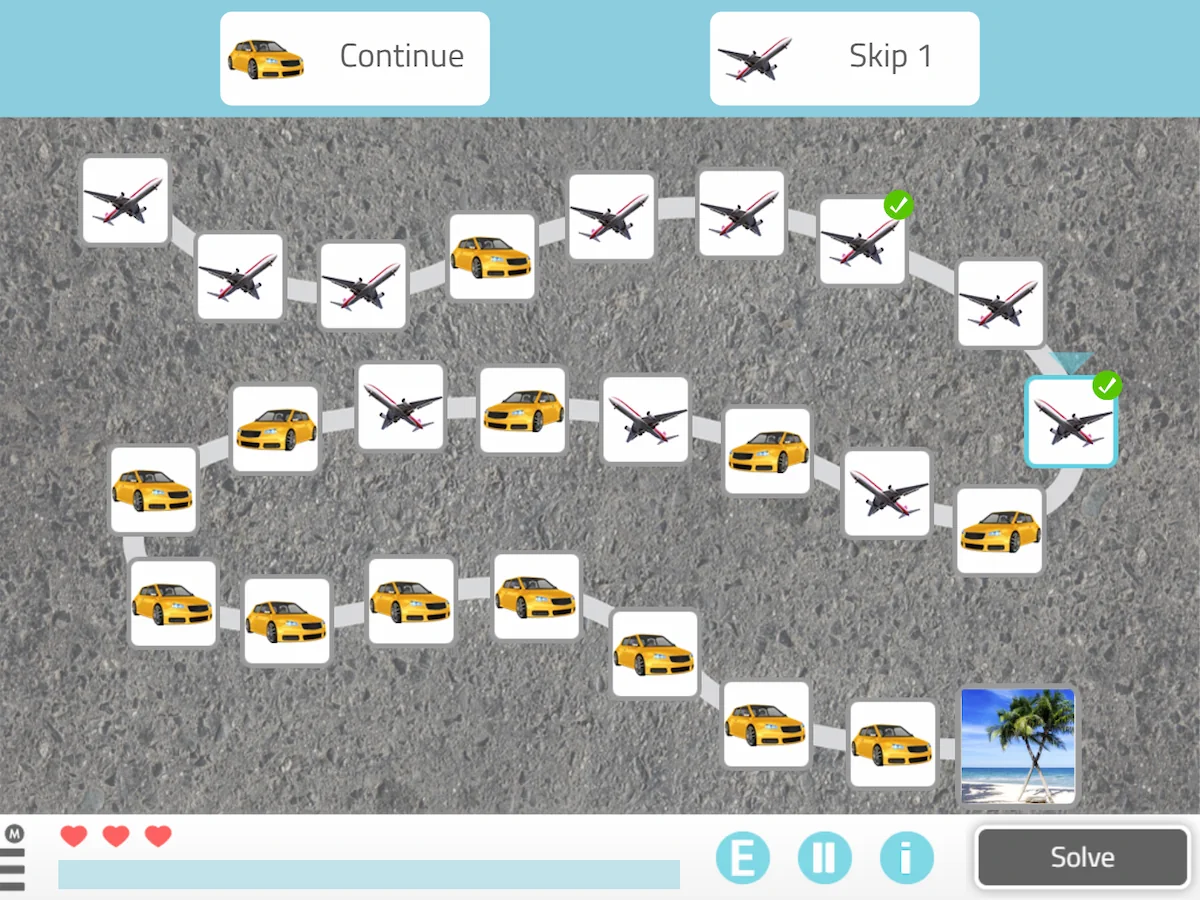
What does this activity work on?
This activity is designed to work on the following cognitive functions:
- Alternating attention.
- Inhibition.
Play by levels
At the easiest levels the route will be simpler and there will be fewer instructions, while at the most advanced levels the route becomes more complicated and the instructions multiply.
Format
This worksheet is available both in digital format and in paper.
2. Bottle Caps
What does it involve?
This game consists of ordering the sequence of numbers in motion.
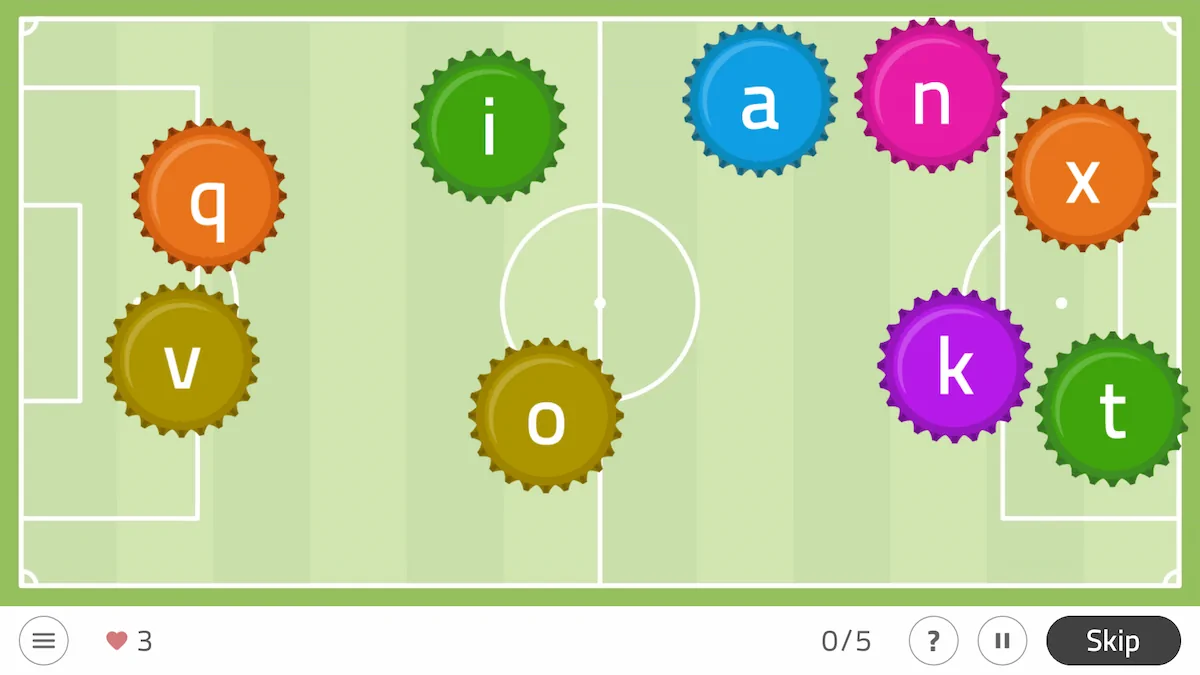
What does this activity work on?
This activity is designed to work on the following cognitive functions:
- Alternating attention.
- Inhibition.
Play by levels
At the easiest levels the user will have fewer Bottle Caps and very low numbers, while at the most difficult levels the Bottle Caps will multiply and numbers of up to three digits may appear.
Activity customization
In addition, you can customize the activity to adapt it to each person’s abilities.
Parameters
You can select the number of Bottle Caps, the range of numbers, the order of the numbers (From Smallest to Largest or from largest to smallest), whether the Bottle Caps are moving or not and the maximum errors.
General aspects
You can adjust the number of exercises, the maximum time, whether or not you want a visible timer for the activity, modify the performance instructions, etc.
3. Find letters in words
What does it involve?
The user must search for the words that have the indicated letters. In this exercise they must search for words that contain the letter “R”.
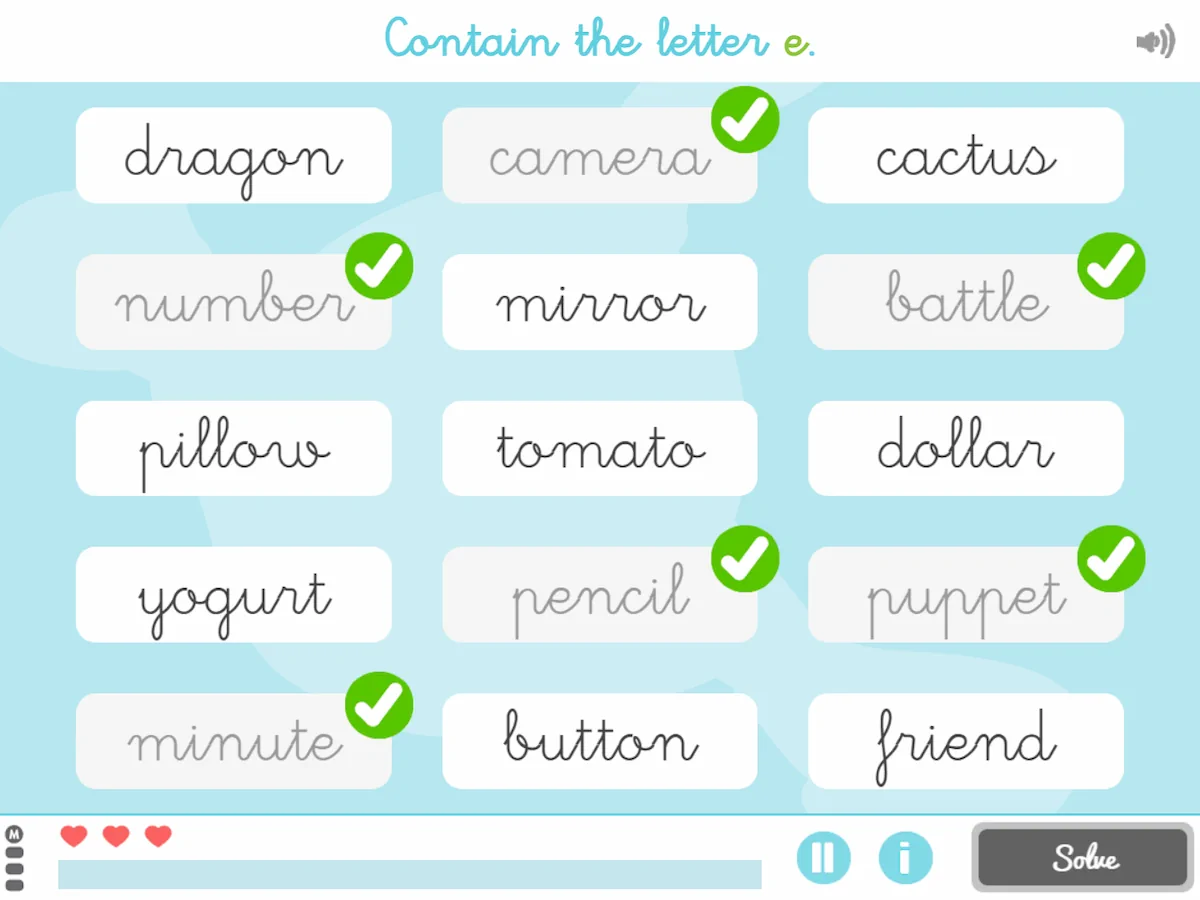
What does this activity work on?
The main objective of this exercise is to work on selective attention, which consists of the ability to focus on something specific while ignoring other stimuli.
4. Put Numbers in Order
What does it involve?
This is a very fun exercise in which the user has to order a series of numbers from smallest to largest or vice versa.

What does this activity work on?
This activity is designed to work on processing speed, that is, the pace at which the brain performs a task (obviously, it varies depending on the task, depending on the other cognitive functions involved in it).
Activity customization
In addition, you can customize the activity to suit each user’s abilities.
Parameters
You can select the range of numbers, the quantity of numbers, the type of numbers (integers, decimals or negatives) and the order.
General aspects
You can adjust general aspects such as the type of operation, the maximum time, whether or not a visible timer is shown for the activity and an inactivity warning, modify the instructions for performance, etc.
5. Word Scramble
What does it involve?
This game consists of ordering the letters that appear to form a word.

What does this activity work on?
This activity is designed to work on the following cognitive functions:
- Vocabulary
- Working memory
Play by levels
At the easiest levels there will be fewer letters to order and at the most difficult levels it will be very difficult to deduce the word.
Activity customization
In addition, you can customize the activity to adapt it to each user’s abilities.
Parameters
You can select the word length, the hints and the maximum errors.
General aspects
You can adjust the number of exercises, the maximum time, whether or not a visible timer is shown for the activity, modify the performance instructions, etc.
If you liked this article about cognitive rehabilitation exercises for people with multiple sclerosis, you might also be interested in the following information:
“This article has been translated. Link to the original article in Spanish:”
Ejercicios de rehabilitación cognitiva para personas con esclerosis múltiple
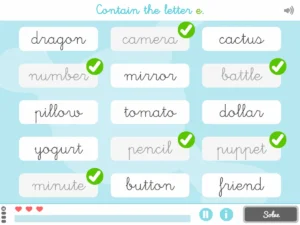

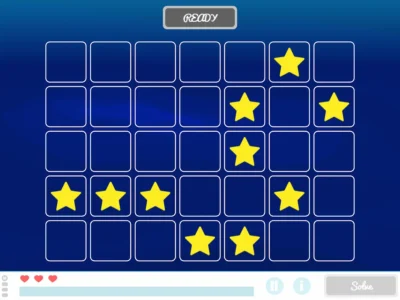


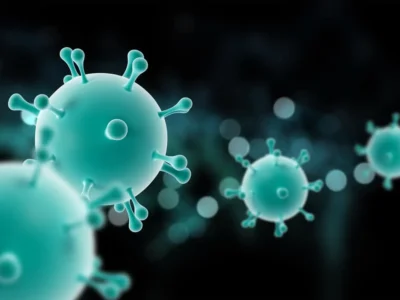
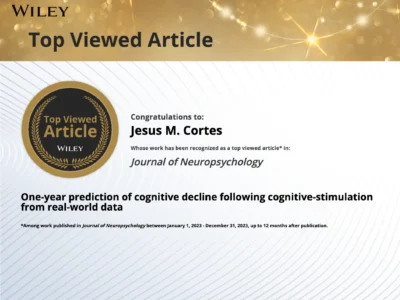
 Neurodevelopmental disorders and their impact on cognitive functions
Neurodevelopmental disorders and their impact on cognitive functions
Leave a Reply